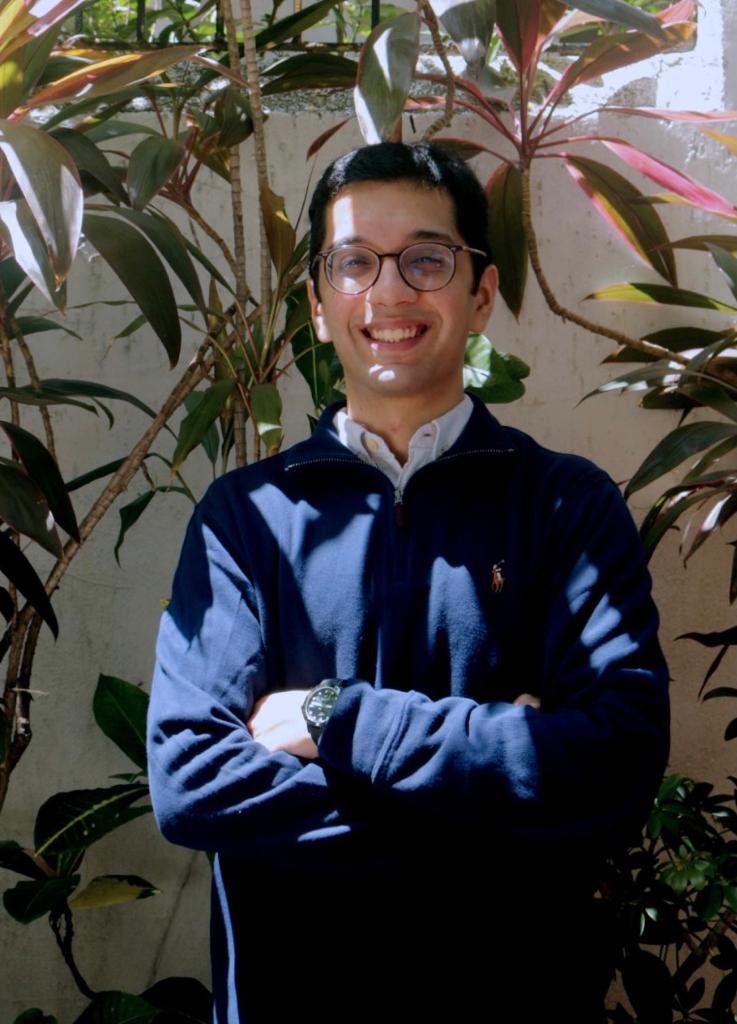What it does
Relay is a network of urban street device systems that leverages power in numbers to reimagine safety for solo women runners, using light and geo data to build community-validated routes, one hi-five at a time.
Your inspiration
Running is a low-entry sport that feels good due to its positive health, emotional, and social benefits. Yet, 60% of the 70 women I interviewed said they stopped running in the dark due to safety concerns, avoiding isolated, dimly lit streets for fear of being catcalled or assaulted. With many run clubs in London, the current solution to make running safe is to run in groups, i.e, the power in numbers. This excludes women who prefer to run solo, especially those training for marathons or running for mental health. Relay resolves the paradox of running independently while still harnessing the power of community, without the need for tracking.
How it works
The Relay system consists of three elements: a band worn by runners, Relay Street Signs installed by councils, and a map visualising popular routes. The Relay Street Sign mounts on lampposts and is powered by the grid. It houses an RFID reader, LED lights, and an ESP32 microcontroller that connects to a database via Wi-Fi. The band has a passive RFID tag with a unique ID stored in a whitelist. When the runner hi-fives the sign, the reader activates the tags, which transmit their data back. The ESP32 decodes the data and sends it to the database. Band IDs are verified against the whitelist, ensuring only authorised users contribute to the map as anonymous counts at each lamppost and lighting up the sign. The Relay app visualises their hi-fives, updating every 30 minutes. The unique Band ID acts like a password, granting access to the map while maintaining security. This enables solo women runners to wear the band, select a route with many other runners, and run.
Design process
Play and humour played a central role in my design process, including sketches, observations, immersion, probes, and testing with my stakeholder network of runners. The process began with extensive primary research, interviewing over 70 runners and immersing myself in two run clubs in London. Insights from these interviews shaped my prototyping, exploring ways to augment the runner with additional wearables and freeing runners to simply lace up and run. I experimented with wearables, computer vision, UV-light stickers, NFC and buttons. Through user testing, I refined concepts to respond to women runners' challenges, using the button as a touchpoint. The hi-five was chosen as a simple & playful interaction ubiquitous in running culture. Validation continued through development, starting with a prototype study in Battersea Park, where I learned the importance of de-risking. I began exploring ways to enhance security, making it exclusive for my target runners, using RFID technology. Working closely with 155 runners with support from Hackney Council and Metropolitan Police, validation included concept and interaction testing. I then began graphic design and UI/UX design of system elements, considering colour theory, street sign requirements and Relay Band design to receive hi-fives.
How it is different
Unlike existing safety solutions that rely on GPS tracking, smartphone beacons, or require runners to coordinate in groups, Relay offers a fundamentally different approach. Current solutions like Strava Beacon or Apple's Find My Friends are reactive - they help after something goes wrong. Relay is proactive, creating safety through visible community presence. The system uses lightweight RFID technology that requires no smartphones, GPS, or personal tracking. Instead of monitoring individual runners, it creates anonymous, collective data that builds confidence through shared presence. The physical infrastructure of illuminated street signs provides immediate visual feedback, quietly signalling "Runners are here" and fostering collective confidence in public spaces. This community-validated approach harnesses the power of numbers without compromising privacy, offering an independent alternative that doesn't rely on personal devices or coordinated group running.
Future plans
My ambition is to bring Relay to runners across London, then expand globally. The system is in advanced prototyping. I've built three functional components: the device, the band, and a working wireframe of the Relay Map, all supported by a live database. My immediate next steps include completing pilot runs with London councils and run clubs while finalising manufacturing and developing the frontend. I aim to reach scale-testing readiness and secure approvals for lamppost installation. The business model centres on partnerships with councils and run clubs for distribution, creating an ecosystem that transforms safety for women runners.



Connect